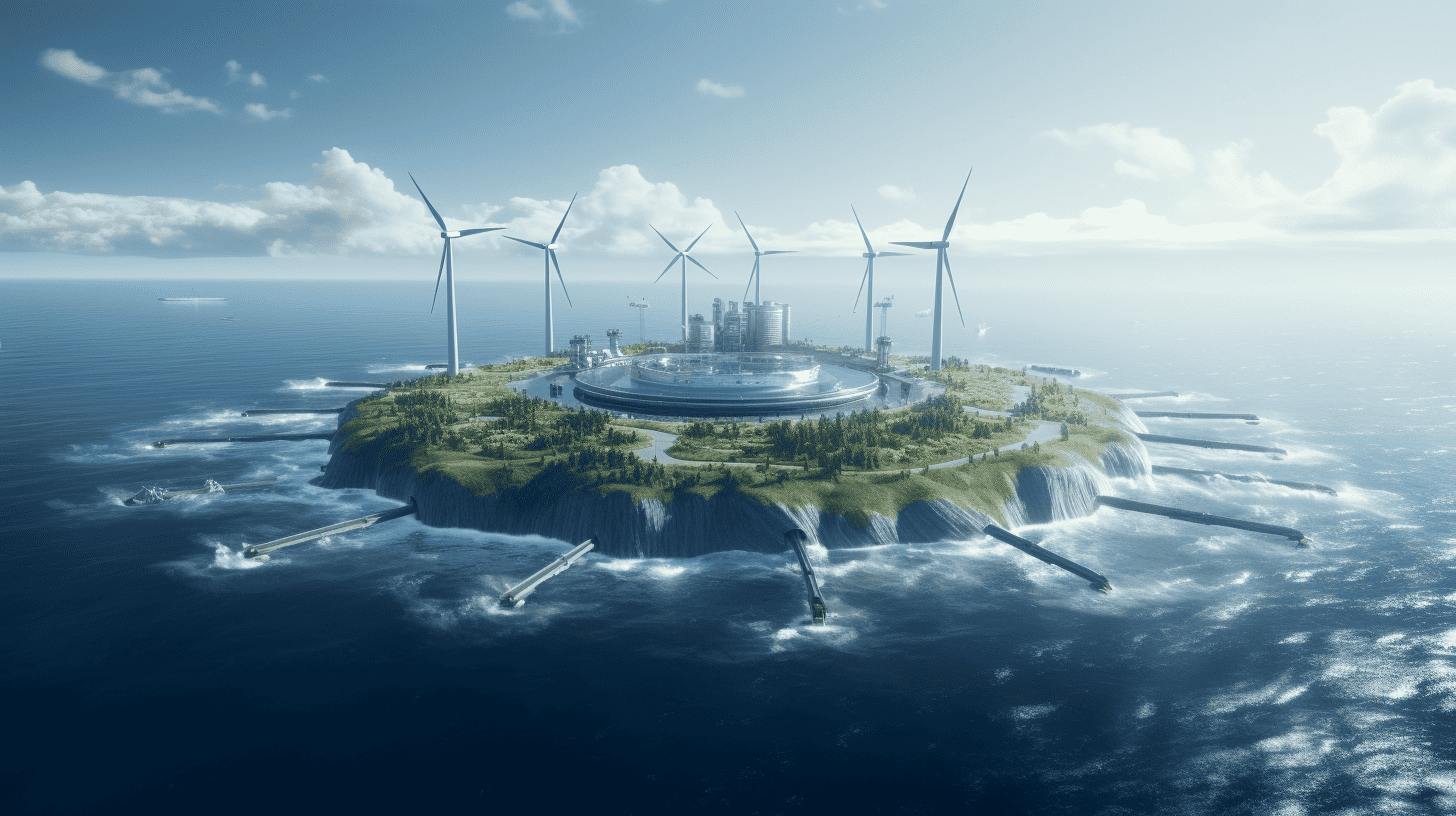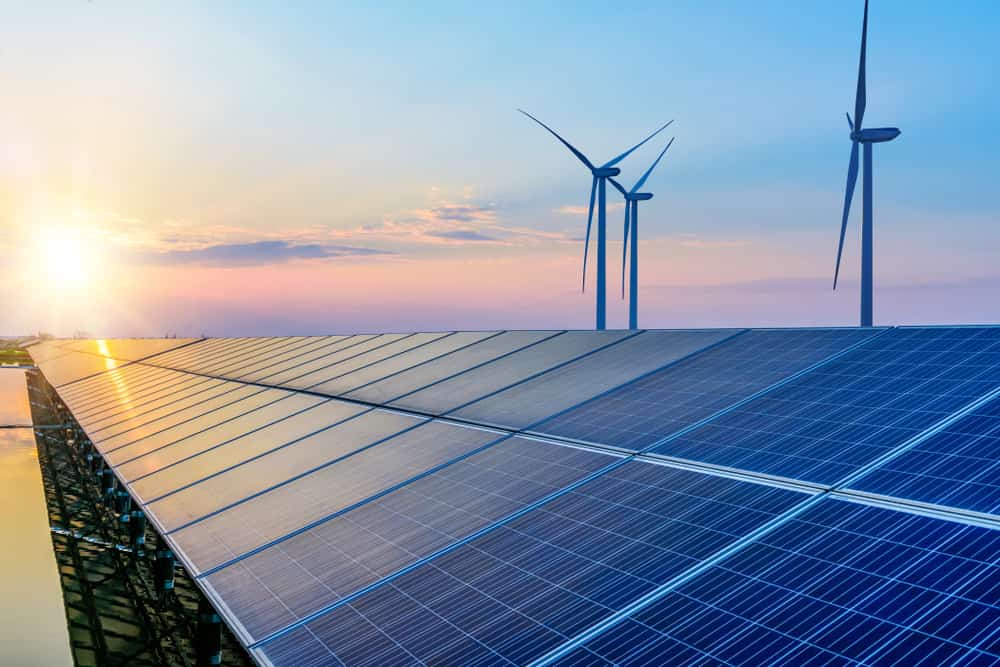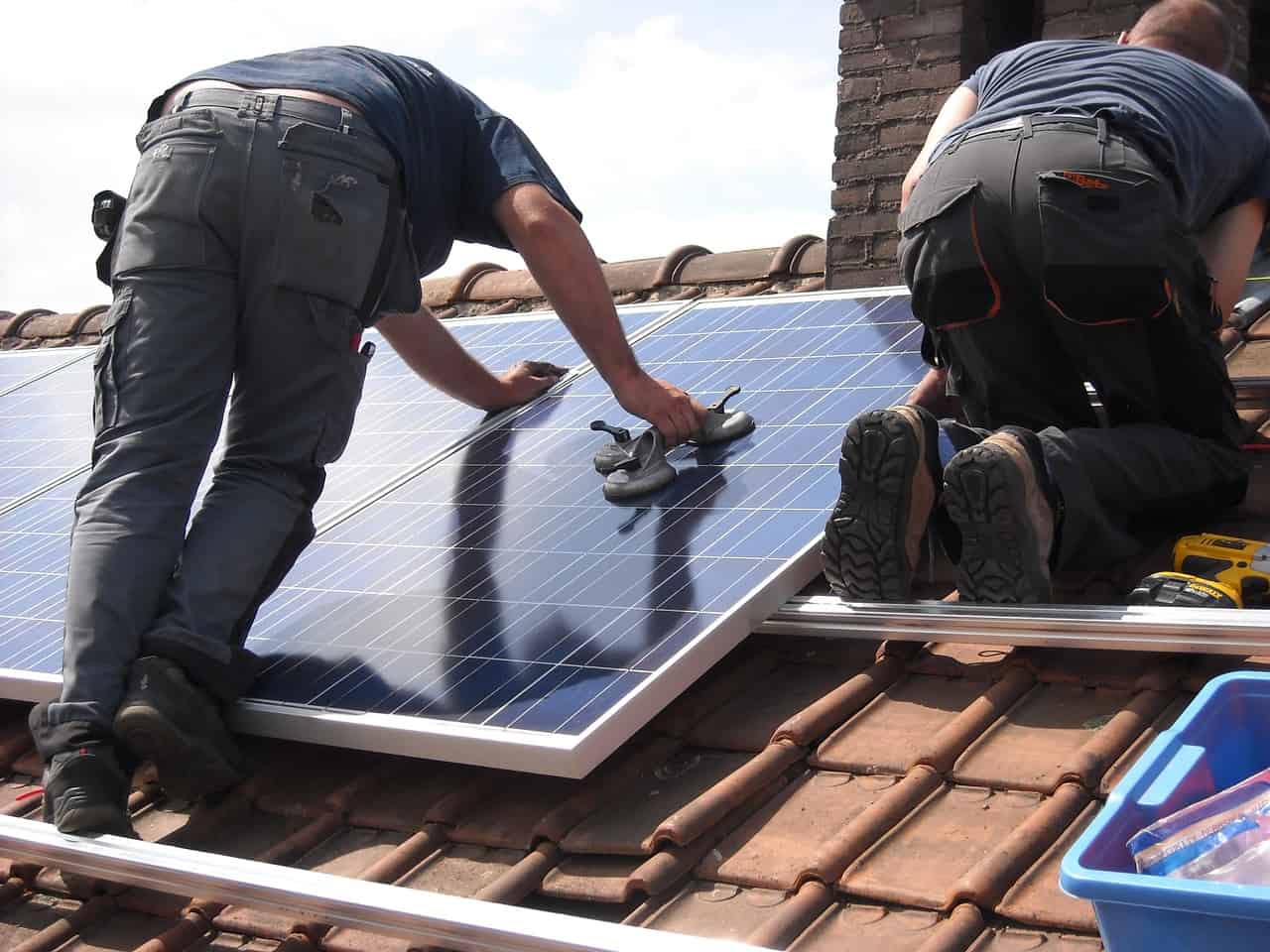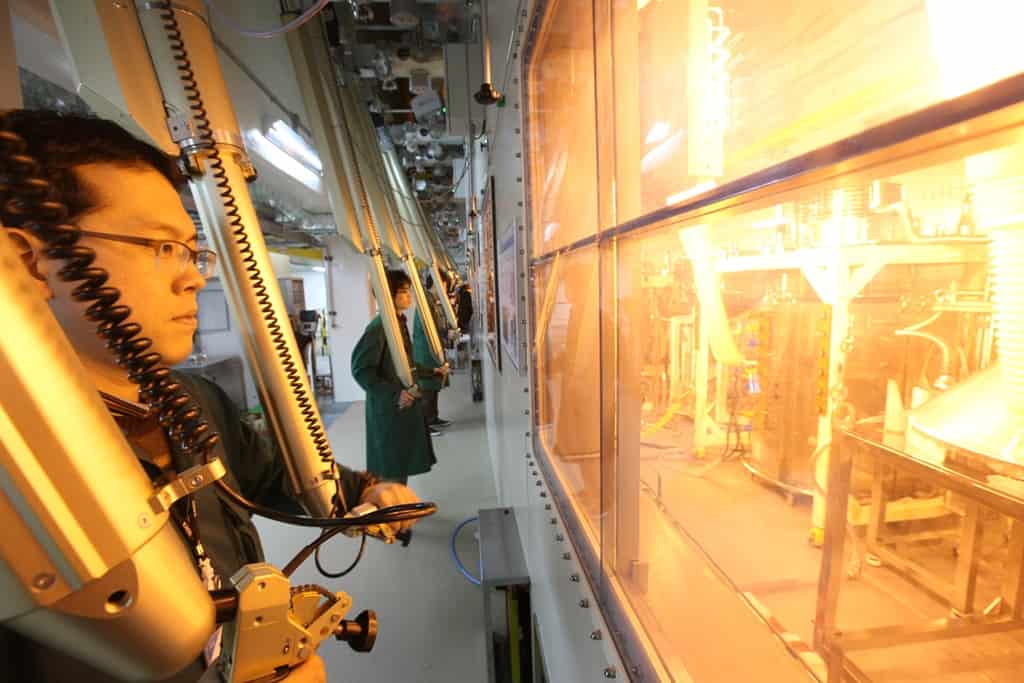
Europe has the potential to become a self-sufficient, fossil fuel-free continent by 2040, according to a comprehensive study led by the Potsdam Institute for Climate Impact Research. By investing about EUR 140 billion each year until 2030, and EUR 100 billion annually until 2040, Europe could free itself from oil and gas imports, while reducing energy costs and boosting geopolitical stability. The study highlights the need for an enabling legislative framework and a common political will to achieve this ambitious goal. Europe’s extensive renewable energy infrastructure, primarily based on wind and solar, could help the continent reduce its dependence on volatile nations and achieve its climate change targets.
- Europe could be energy independent by 2040 through massive investments in renewables, reducing fossil fuel reliance.
- Key focus on wind, solar, and other renewables, alongside supportive legislation and political commitment.
- Challenges include rising energy demand, restructuring energy planning, and workforce development, but benefits are substantial.
The roadmap to power sovereignty
The study, commissioned by Aquila Group and conducted in collaboration with six prominent research institutes, sets a clear roadmap for Europe’s energy transition. The key lies in harnessing the continent’s renewable energy potential and strategically expanding the existing infrastructure. The report underscores the role of wind and solar power, which need to be tripled by 2030, with onshore wind capacity increasing by 36% to 4,000 TWh.

Moreover, the study highlights the importance of other renewable energy sources such as geothermal and hydroelectric power. These have significant potential and their development would contribute to Europe achieving power sovereignty. The necessary technologies are already available; what is required is an enabling legislative framework and the political will to invest in and expand these resources.
Legislative support and the need for a unified strategy
The European Union has shown its commitment to strengthening renewable energy. With the recent provisional agreement on the “Fit for 55” legislation, the EU has raised its renewable energy target for 2030 to a minimum of 42.5%, with an aim to reach 45%. This legislation simplifies permitting procedures and encourages cross-border cooperation on renewables, thus facilitating the expansion of renewable generation. However, the study argues that this won’t be enough to achieve power self-sufficiency by 2030 due to rising demand.

Europe’s electricity demand is projected to double from 4,000 TWh in 2020 to 8,000 TWh in 2050, driven by the electrification of heat production and the proliferation of electric vehicles. Hence, the report calls for a faster approval of renewable energy projects to meet these targets. Policymakers are urged to drive a massive expansion of renewable energy generation, adopt policies to facilitate capital investment, and simplify licensing procedures.
Challenges and opportunities
Despite the optimistic outlook, the path to energy independence is littered with challenges. Misdirected energy investments could lead to conflict and suffering. The transition requires not just the expansion of renewable generation, but also a restructure of European Network Development Planning with a bias towards renewables. More training is needed to equip workers with the necessary skills in the renewable energy sector, and technologies like electric heat pumps and electric vehicles need widespread adoption.
Nonetheless, the study’s findings present a compelling case for Europe’s energy transition. Achieving power sovereignty could lead to lower energy costs, increased competitiveness, and significant strides towards climate change targets. With an integrated European energy system and strong interconnection, Europe could become the first climate-neutral continent.






